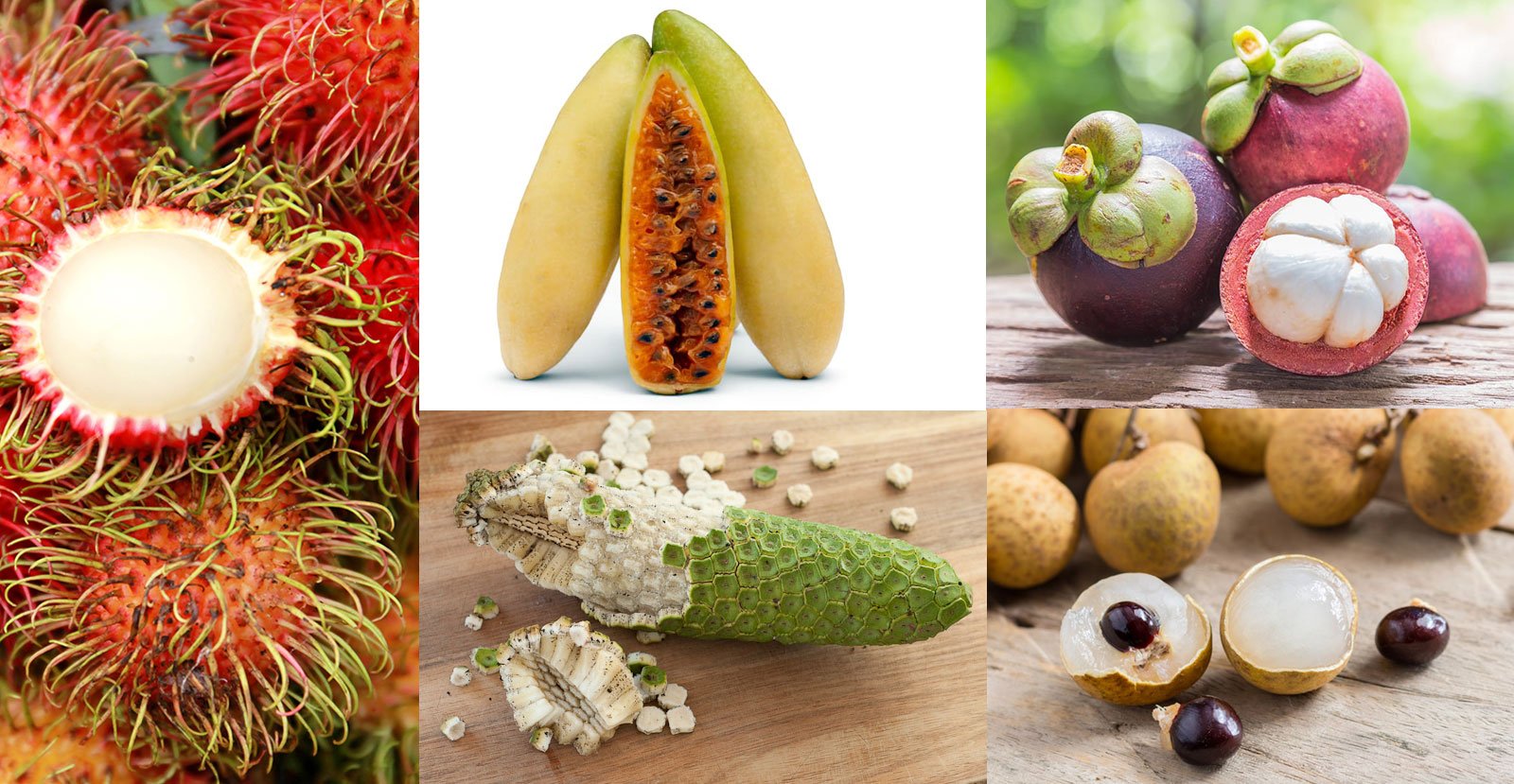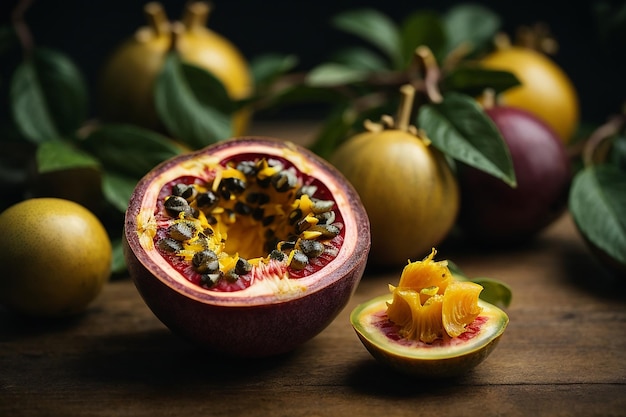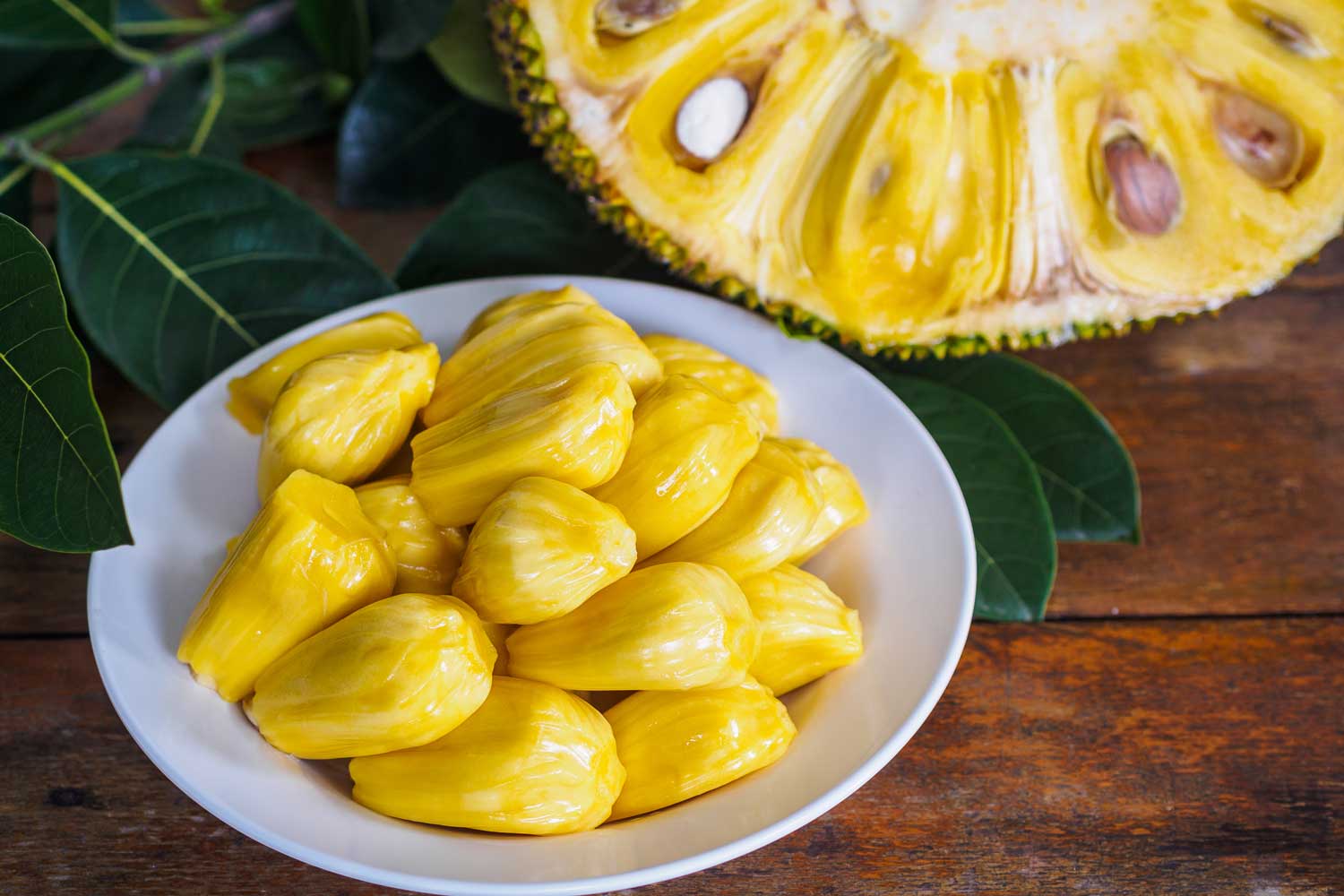A Taste of Paradise: Exploring the Exotic Fruits of Australia
A Taste of Paradise: Exploring the Exotic Fruits of Australia

Australia, a land of vast landscapes and diverse wildlife, also boasts a unique and vibrant world of fruits. Beyond the familiar mangoes, bananas, and oranges, lies a treasure trove of exotic fruits, each with its own captivating flavor, texture, and story. From the ancient rainforests to the sun-drenched tropics, these fruits are a testament to the continent’s rich biodiversity and culinary heritage.
A Journey Through Australia’s Exotic Fruit Paradise
Related Articles: A Taste of Paradise: Exploring the Exotic Fruits of Australia
- Unearthing Your Next Adventure: A Comprehensive Guide To Contacting Unearth In Australia
- The Dreamtime: Unveiling The Heart Of Aboriginal Culture
- Can You Harvest Native Bee Honey? Unlocking The Secrets Of A Tiny Treasure
- A Symphony Of Sounds: Exploring The Unique Musical Instruments Of Australia
- The Sweet And Savory World Of Drain-Dried Fruits In Australia: A Guide To Deliciousness And Health Benefits
1. Davidson Plum:
This tiny, dark purple fruit, native to the rainforests of eastern Australia, packs a powerful punch of flavor. With its tart, slightly sweet, and surprisingly complex taste, the Davidson plum is a culinary chameleon, finding its way into jams, sauces, chutneys, and even ice cream. Its high antioxidant content and unique flavor have also garnered interest in the health and food industries.
2. Finger Lime:
Imagine a lime bursting with tiny, juicy pearls. That’s the Finger Lime, a citrus fruit native to Queensland. Its unique texture and zesty flavor make it a prized ingredient in fine dining, adding a burst of freshness and acidity to dishes. The finger lime’s versatility extends beyond culinary uses, with its juice and zest finding their way into cocktails, skincare products, and even perfumes.
3. Quandong:
This vibrant red fruit, also known as the "native peach," is a staple in Aboriginal Australian cuisine. Growing in the arid regions of central Australia, the Quandong’s sweet, tangy flavor and high vitamin C content make it a nutritional powerhouse. It’s commonly enjoyed fresh, dried, or used in jams, chutneys, and even desserts.
4. Kakadu Plum:
Hailing from the Northern Territory, the Kakadu Plum is a small, yellow fruit renowned for its exceptionally high vitamin C content, exceeding that of oranges by a staggering 100 times. Its tart, tangy flavor is often compared to cranberries, making it a popular ingredient in jams, sauces, and juices. Indigenous Australians have long revered the Kakadu Plum for its medicinal properties and nutritional value.
5. Illawarra Plum:
Don’t be fooled by its name, the Illawarra Plum isn’t a plum at all! This unique fruit, native to the Illawarra region of New South Wales, boasts a vibrant red color and a sweet, slightly acidic flavor. Its juicy flesh is enjoyed fresh or used in jams, chutneys, and sauces. The Illawarra Plum is also known for its high vitamin C content and its ability to thrive in challenging coastal environments.
6. Bush Tomato:
This small, red fruit, found in the arid regions of Australia, is a culinary delight. Its tangy, slightly sweet flavor, reminiscent of a tomato with a hint of citrus, makes it a versatile ingredient. Bush Tomatoes are often used in sauces, relishes, and dips, adding a unique depth of flavor to dishes.
7. Riberry:

These tiny, black berries, found in the rainforests of eastern Australia, are a true delicacy. Their sweet, tangy flavor and delicate texture make them a favorite among chefs and food enthusiasts. Riberries are often used in jams, sauces, and desserts, adding a touch of elegance and sophistication to any dish.
8. Native Peach:
While not a true peach, the Native Peach, or "Peach Palm," is a fruit that lives up to its name. This large, yellow fruit, found in the rainforests of northern Australia, boasts a sweet, creamy flavor and a soft, custard-like texture. Native Peaches are enjoyed fresh or used in desserts and jams.
9. Macadamia Nut:
While technically a nut, the Macadamia Nut deserves a place on this list. Native to the rainforests of Queensland, this creamy, buttery nut is a global delicacy. Its rich flavor and nutritional value have made it a popular snack, ingredient in desserts, and even a source of oil.

10. Native Ginger:
This fragrant, spicy root, found in the rainforests of eastern Australia, is a culinary treasure. Its unique flavor, a blend of ginger and citrus, adds a distinct aroma and complexity to dishes. Native Ginger is often used in curries, stir-fries, and marinades, providing a unique and exotic touch.
Beyond the Taste: The Importance of Australia’s Exotic Fruits
The exotic fruits of Australia are not just culinary delights; they are also a testament to the continent’s rich biodiversity and the resilience of its native flora. These fruits have played a vital role in the cultural and culinary heritage of Indigenous Australians for millennia.
Today, these fruits are experiencing a resurgence in popularity, with chefs and food enthusiasts alike embracing their unique flavors and textures. As demand grows, so too does the need to protect and preserve the native ecosystems that support these fruits.
Conservation and Sustainability
The future of Australia’s exotic fruits relies on sustainable practices and conservation efforts. The increasing demand for these fruits presents both opportunities and challenges. It’s crucial to ensure that harvesting methods are environmentally friendly and that the native habitats are protected.
Supporting Local Farmers and Indigenous Communities
By choosing to purchase and consume Australian exotic fruits, you’re not only indulging in a culinary adventure but also supporting local farmers and Indigenous communities who have been cultivating and preserving these unique fruits for generations.
A Taste of the Future
The exotic fruits of Australia offer a glimpse into a future where culinary innovation meets sustainability and cultural preservation. As we explore and appreciate these unique flavors, we also contribute to the conservation of Australia’s rich biodiversity and the vibrant traditions of its Indigenous people.
FAQs about Australia’s Exotic Fruits:
1. Where can I find these exotic fruits?
Many exotic fruits can be found at specialty fruit markets, farmers’ markets, and online retailers. You may also find them in select grocery stores, especially those with a focus on international produce.
2. Are these fruits available year-round?
The availability of these fruits varies depending on the season and region. Some fruits, like the Quandong, are seasonal, while others, like the Finger Lime, may be available year-round through cultivation.
3. How do I prepare and eat these fruits?
Some fruits, like the Quandong, can be eaten fresh, while others, like the Bush Tomato, require preparation. Look for recipes online or ask at your local fruit market for tips on preparing and enjoying these unique fruits.
4. Are there any health benefits to eating these fruits?
Many exotic fruits are rich in vitamins, minerals, and antioxidants, offering numerous health benefits. For example, the Kakadu Plum is renowned for its high vitamin C content, while the Quandong is a good source of vitamin C and fiber.
5. How can I support the conservation of these fruits?
You can support the conservation of Australia’s exotic fruits by choosing to purchase them from sustainable sources, learning about the native ecosystems they inhabit, and advocating for their protection. You can also support Indigenous communities who have been cultivating these fruits for generations.

Closure
Thus, we hope this article has provided valuable insights into A Taste of Paradise: Exploring the Exotic Fruits of Australia. We appreciate your attention to our article. See you in our next article!


